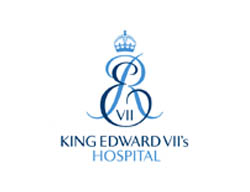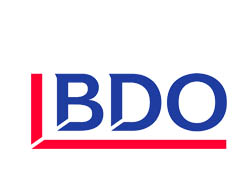The Covid pandemic has had a profound impact on healthcare in the UK, and a recent UK survey suggests that a third of adults have had an appointment with a private GP in the last three years.
With more than half of respondents considering going private for GP appointments, here’s what you need to know if you’re considering private treatment.
Why might I want a private GP appointment?
The survey revealed that the appeal of private medicine was being seen quickly and in person. With NHS GPs now regularly seeing at least 60 patients a day, according to recent figures, a private GP practice can offer longer consultations and more flexibility and deliver continuity of care.
“When balancing both NHS and private GP work, the difference was marked. In private practice, we can offer patients more time, resources, and access to specialist care,” Dr Caroline Wall explains.
Dr Fiona Payne agrees: “I still do one NHS morning session per week, and I might see patients for five minutes or so, and I will probably never see them again. I had a busy day yesterday here at GP London W1 and saw 13 patients all day.”
How do I get a private appointment?
Our private GP appointments are available either in-person or online, and most patients self-pay, although some health insurance policies may provide access to private GP services. Check the terms of your policy, as it will specify which providers are included and the number of appointments you’re entitled to.
How much will it cost?

Our new patient consultations are 45 minutes long and cost £295, and our regular face-to-face consultations are £235. Our telephone and video consultations are shorter and are charged accordingly. Any prescriptions will be charged separately, and costs are dependent on the medication.
How will my NHS care be affected if I pay for private treatment?
The guidance from the The Department of Health and Social Care states that your NHS care will always continue to be free of charge, and your position on an NHS waiting list should not be affected if you choose to have a private consultation.
We advise all our patients to remain registered with their NHS GP should you need to revert to their care down the line.
Can I get an NHS prescription after a private diagnosis?
Private prescriptions cannot be transferred to an NHS prescription. However, most NHS GPs are receptive to taking over subsequent medication prescribing if they are satisfied that the diagnosis and treatment plan is appropriate.
Next steps
“I believe we’re offering NHS medicine with time,” Dr Justine Setchell concludes. “We do everything our NHS colleagues do but have bought our patients and us time.”
Whatever your health concern, from small to large, GP London W1 will deliver the same service, following NICE guidelines and only offering evidence-based medicine. Call +44 (0)20 4580 1152 to arrange a private GP appointment.













